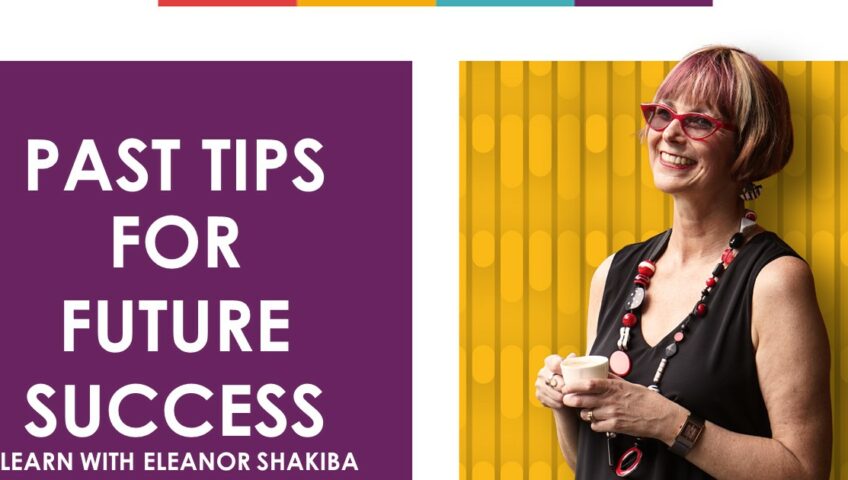Meredith was a Human Resources consultant. She was passionate about supporting her clients. But this meant that she often said ‘yes’ to work she had little time to do. She was working long and starting to feel burnt out.
Meredith was taking on some projects to keep her clients happy, even though those projects fell outside her core area of expertise. This meant she was working excessive hours in order to master them. It was time Meredith started saying ‘no’ to these projects. She came to one of my communication skills training sessions. Here are some of the ideas Meredith picked up. You can use the same principles to say no to time-wasting tasks in your job, too.
Pre-empt requests
Meredith realised that explaining her key skills to her clients would help ward off requests to work outside her area of expertise. She wrote down five dot-points which explained exactly what she did. Then she started including those points in her newsletter, her email signature and her proposals. This made it easy for clients to understand Meredith’s areas of expertise.
Link back to your key focus areas
Once she’d clearly defined the boundaries of her service, Meredith felt more comfortable saying ‘no’ to her clients. She wrote down some phrases she could use when doing this. For example:
- My main expertise is HR policy development and implementation. So I don’t work in the area of __________.
- This project falls outside my area of expertise, which is HR policy development and implementation. But I can refer you to a colleague who works in the area you need.
Explain the benefits to THEM of your ‘no’
Meredith realised that saying ‘no’ to some projects could actually benefit her clients. For example, their projects would be completed more rapidly if they hired an expert rather than a generalist. And they would be sure that when Meredith said ‘yes’ to a project she was the right person for the job.
Outline what you can say ‘yes’ to
Of course, Meredith was concerned that by saying ‘no’ to one project she would lose a client for good. But she discovered that this wasn’t the case. By finishing her ‘no’ message with a reminder of the services she could provide, she was able to remind her clients of her true expertise. This led to offers of more work aligned with her true passion – and it resulted in her loyal customers spreading the word about Meredith’s core services. She got more of the work that truly interested her and less of the high effort, low reward jobs.
